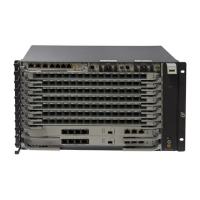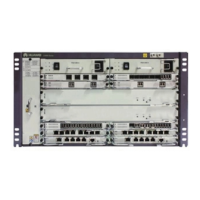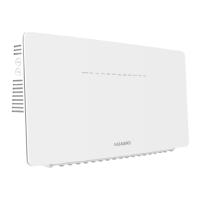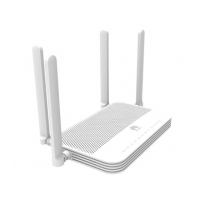Flammable Gas
● Do not use unsealed lead-acid batteries.
● To prevent re or corrosion, ensure that ammable gas (such as hydrogen) is
properly exhausted for lead-acid batteries.
Lead-acid batteries emit ammable gas when used. Ensure that batteries are kept
in a well-ventilated area and take preventive measures against
re.
Battery Leakage
Battery overheating causes deformation, damage, and electrolyte overow.
If the battery temperature is higher than 60°C, check the battery for electrolyte
overow. If the electrolyte overows, handle the leakage immediately.
Electrolyte overow may damage the equipment. It will corrode metal parts and
boards, and ultimately damage the boards.
When the electrolyte overows, absorb and neutralize the electrolyte immediately.
When moving or handling a battery whose electrolyte leaks, note that the leaking
electrolyte may cause damage.
If the electrolyte overows, follow the instructions of the battery manufacturer or
neutralize the electrolyte by using sodium bicarbonate (NaHCO
3
) or sodium
carbonate (Na
2
CO
3
).
Lithium Battery
The safety precautions for lithium batteries are similar to those for lead-acid
batteries except that you also need to observe the following precautions.
There is a risk of explosion if the model of the replaced battery is incorrect.
● A battery can be replaced only with a battery of the same or similar model
recommended by the manufacturer.
● When handling a lithium battery, do not place it upside down, tilt it, or bump
it with other objects.
MTS9300A Telecom Power (Ooredoo, Indonesia,
MTS9304A-HD2002)
User Manual 1 Safety Precautions
Issue 06 (2021-10-13) Copyright © Huawei Technologies Co., Ltd. 14
